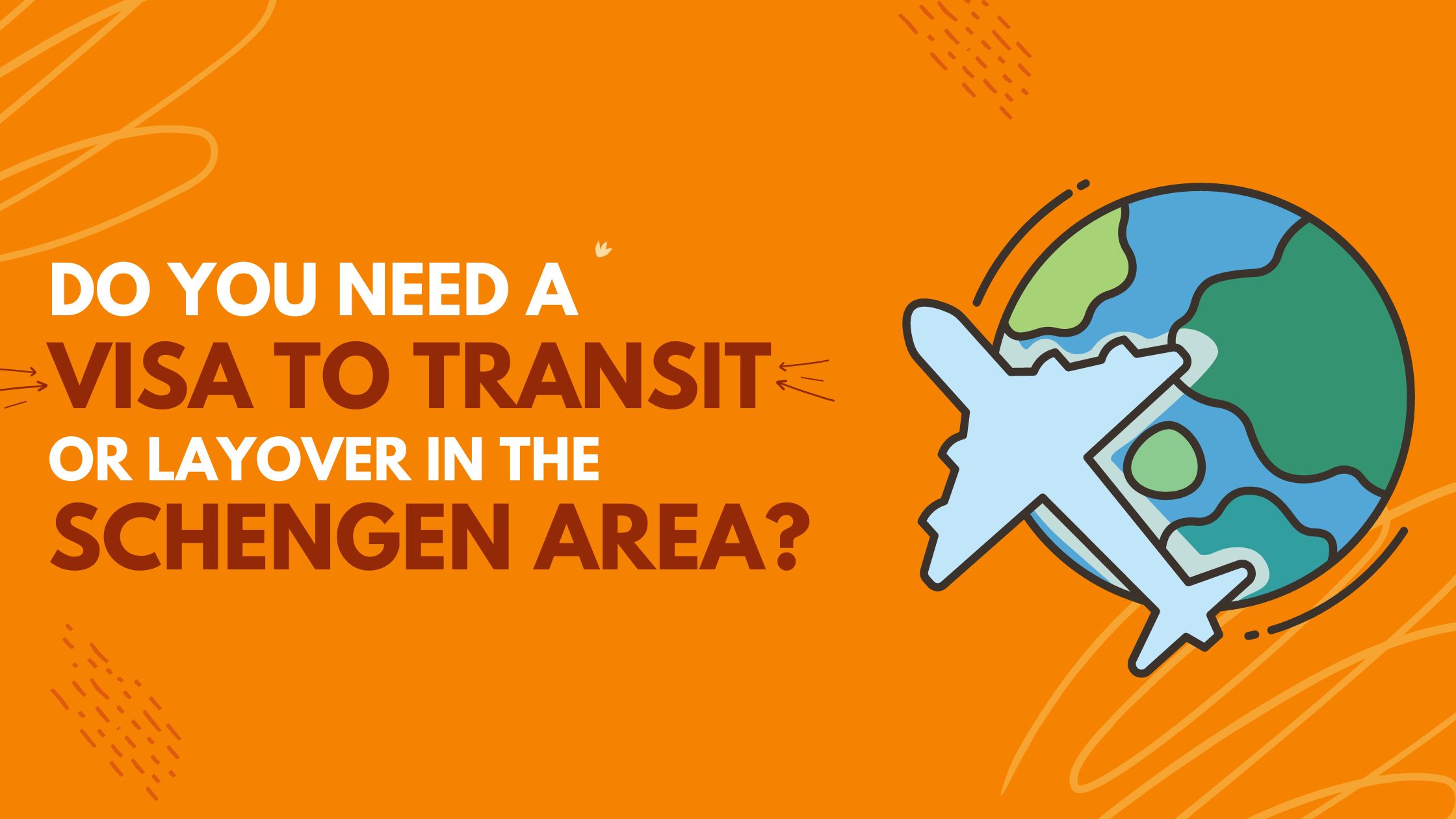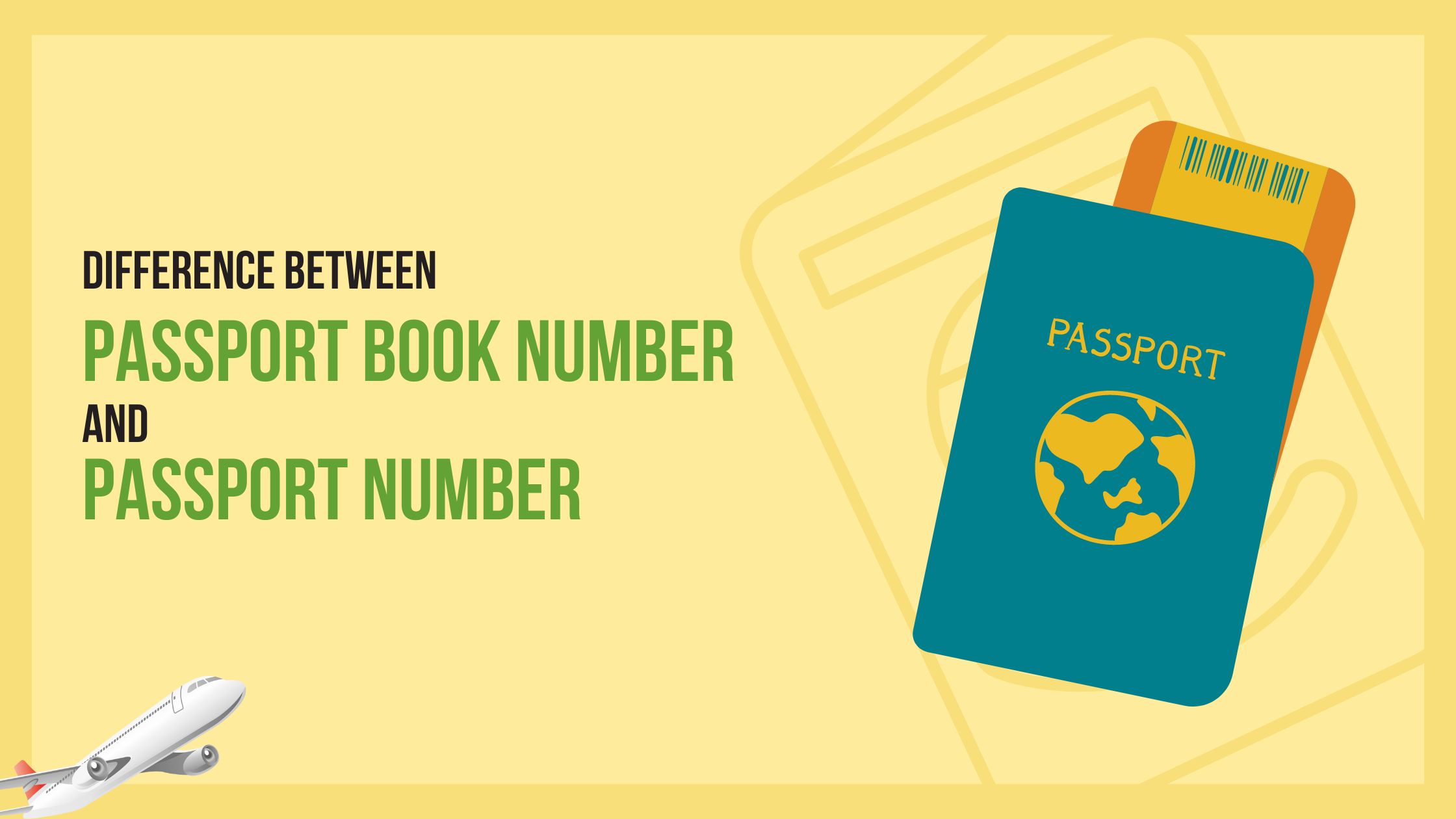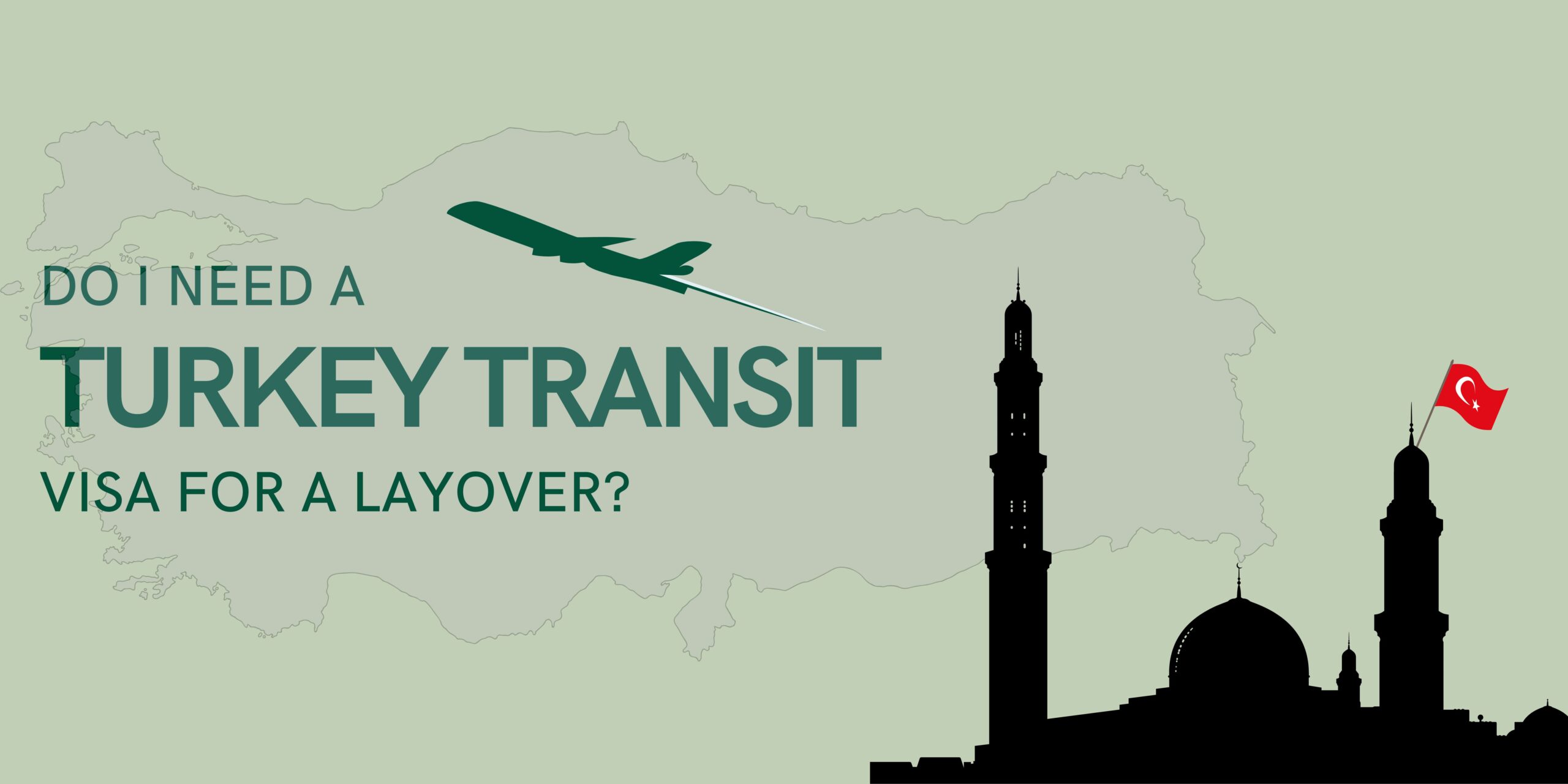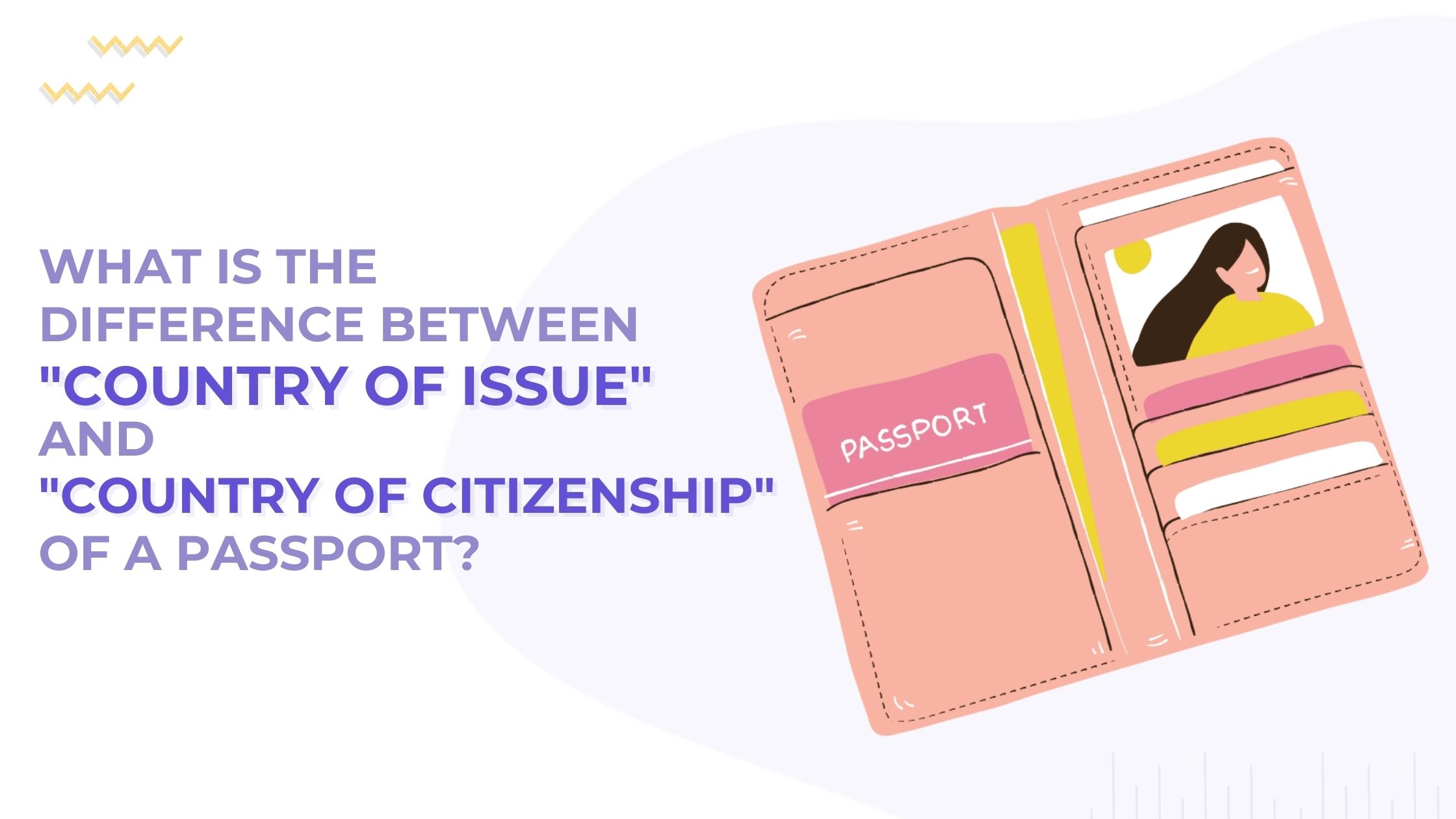If you’re considering travelling to Europe, you may have heard of the Schengen visa. This is a type of visa that allows travellers to travel freely between 26 European countries without having to apply for separate visas. Thus, it is common to ask “Do you need a visa to transit (or layover) in the Schengen area?”
In this article, we’ll explore the complex world of Schengen visas, providing you with the information you need to determine if you need a visa to transit or layover in the Schengen Area.
Do You Need A Visa To Transit (or Layover) In The Schengen Area?
Transiting (or layovers) in the Schengen area requires a valid visa, even if you’re not planning to leave the transit area. The Schengen area consists of 26 countries that have agreed to allow the free movement of people within their borders.
This means that if you travel from one country to another, you may need to pass through an airport in a Schengen country. Depending on your citizenship, nationality, and travel itinerary, you may be required to obtain a transit or short-stay visa for your trip.
A transit visa is a particular type of visa allowing travellers with connecting flights in the Schengen area to remain in the transit zone of the airport for up to 24 hours, while they wait for their connecting flight.
This type of visa is only valid in the transit area and cannot be used to leave the airport.
If you wish to leave the transit area, a regular Schengen visa will be required.
It’s important to note that if your layover lasts longer than 24 hours or requires an overnight stay, a hotel room must be booked within the airport’s transit area.
In addition, most airports require that travellers with a connection time of more than 12 hours obtain an airport transit visa before leaving for their destination.

Photo by Chris Karidis on Unsplash
Here’s a table of the 26 countries that are currently part of the Schengen Area:
| Country | Capital |
| Austria | Vienna |
| Belgium | Brussels |
| Czech Republic | Prague |
| Denmark | Copenhagen |
| Estonia | Tallinn |
| Finland | Helsinki |
| France | Paris |
| Germany | Berlin |
| Greece | Athens |
| Hungary | Budapest |
| Iceland | Reykjavik |
| Italy | Rome |
| Latvia | Riga |
| Liechtenstein | Vaduz |
| Lithuania | Vilnius |
| Luxembourg | Luxembourg City |
| Malta | Valletta |
| Netherlands | Amsterdam |
| Norway | Oslo |
| Poland | Warsaw |
| Portugal | Lisbon |
| Slovakia | Bratislava |
| Slovenia | Ljubljana |
| Spain | Madrid |
| Sweden | Stockholm |
| Switzerland | Bern |
Note that not all European Union countries are part of the Schengen Area, and some non-EU countries (such as Switzerland and Norway) are part of it.
Do US Citizens Need A Transit Visa For Amsterdam?
No, US citizens do not need a transit visa for Amsterdam, as long as they stay in the Netherlands for less than 90 days. The Schengen Agreement allows US citizens to visit the country without a visa and travel through its airports with only their valid passports.
However, visitors must have sufficient funds and a return airline ticket when entering the Netherlands.
It is also important to note that your passport should be valid for at least three months beyond the period of stay.
If you must stay longer than 90 days, you will require a visa from the Dutch authorities before travelling to Amsterdam.
Nevertheless, it is always recommended that travellers check with their local embassy or consulate of the Netherlands to get updated information on visa requirements prior to their trip.
For more information on entry requirements for US citizens, please visit the official websites of the Dutch Government or the United States Department of State.
For other related questions regarding transit visas for Amsterdam, you can also contact the nearest Netherlands embassy or consulate.
Do You Have To Go Through Customs For A Connecting Flight In Amsterdam?

Photo by Adrien Olichon on Unsplash
No, you don’t have to go through customs if you are making a connecting flight at Amsterdam Schiphol Airport. Passengers travelling within the Schengen area do not need to pass through passport control or customs checks when transiting between two Schengen countries.
You will only need to go through a security check before boarding your next flight out of the airport.
If you are departing from Amsterdam Schiphol and travelling to another non-Schengen country, you must first pass through a passport control check.
This is conducted by the Royal Netherlands Marechaussee before passing through the security checkpoint.
This is your opportunity to declare any items that may be subject to duties or taxes in your destination country.
Once this process is complete, you will then be able to proceed to the boarding gates.
It is important to note that customs clearance may take place upon arrival at your destination country, depending on its regulations.
Therefore it’s best to always check the country entry requirements of your destination prior to departure and make sure you have all the necessary documents in order.
In conclusion, passengers making a connecting flight at Amsterdam Schiphol do not need to go through customs for their transit flight within the Schengen area.
However, if travelling outside of the Schengen zone, travellers must first go through passport control conducted by the Royal Netherlands Marechaussee before passing through security screening.
Can You Enter The Schengen Area With A Layover?
Yes, you can enter the Schengen Area with a layover, provided that you have a valid visa (if required) and meet other entry requirements for the Schengen Area. If your layover is less than 24 hours, it may not require a visa depending on your nationality and length of stay.
However, this varies from country to country and it’s always best to check government travel advisories before planning a trip.
Additionally, travellers should be aware that some Schengen countries may require a transit visa for longer stays or for those with multiple layovers.
It is important to note that the Schengen Area operates as a single zone, so entry into one country automatically authorizes travel in the entire zone.
As such, it is wise to be mindful of the time spent in each country within the Schengen Area.
Do You Need A PCR Test To Transit Via Amsterdam?
You must have a negative NAAT (PCR)-test or an antigen test that is no more than 48 hours old at departure. This is necessary for anyone departing to the Netherlands and transiting through Amsterdam as well. Thus, make sure to check if you meet the requirements.
You can do so by visiting its website and getting familiar with the rules and regulations of the country you are visiting.
Also, keep in mind that any delays may affect the validity of your test result so it’s always important to plan ahead and leave plenty of time before your flight.
Note: There are several testing facilities available at Schiphol Airport so you can easily get tested before your flight.
It’s important to note that the cost of testing may vary between countries and airports, so make sure to check with your airline for more information.
Which Schengen Visa Is The Hardest To Get?
Some countries are more likely to reject Schengen visa applications than others. According to Schengen Visa Statistics 2021, the four countries with the highest rejection rates were Sweden, Norway, France and Denmark. While these nations have beautiful landscapes and culture, they are also strict when it comes to granting visas.
For example, Sweden has the highest rejection rate with 38% of all applications deemed ineligible for a Schengen visa. This is followed by Norway (22%), France (19%) and Denmark (18%).
While applying for a visa is never guaranteed, there are some steps you can take to increase your chances of success.
Before submitting the application, make sure that all the required documents are in order.
Also, be prepared to demonstrate that you have strong ties with your home country and intend to return at the end of your stay.
It’s also important to remember that each Schengen embassy has different requirements so always research thoroughly before applying.
What Are The 4 Types Of Schengen Visas?

Photo by Nicole Geri on Unsplash
The Schengen Area has officially abolished all passport and border control at their mutual borders. There are four types of visas issued by the Schengen authorities: Type A (Airport Transit Visa), Type B (Short-stay Visa), Type C (Long-stay Visa) and Type D (National Long-Stay Visa).
People travelling within the Schengen Area are allowed to move freely among these countries, provided they have an appropriate visa.
A Type A Airport Transit Visa allows travellers to pass through international transit zones at airports in any of the Schengen member countries on their way to a non-Schengen country. It does not allow them to enter the Schengen area.
A Type B Short-stay Visa allows travellers to stay in the Schengen countries for up to 90 days within a six-month period.
This visa is usually issued for business trips, family visits, tourism or medical treatment.
A Type C Long-stay Visa is issued for an extended period of time and allows the visitor to remain in one of the Schengen countries for more than 90 days.
It can be used for employment, studies or other activities that may require a longer stay.
A Type D National Long-Stay Visa is issued by the country where you plan to live on a long-term basis.
The validity of this type of visa can range from 6 months up to five years and is usually issued for the purpose of employment or studies.
Depending on your purpose of visit, one of these visas will be suitable for your travel plans.
Make sure to check with the relevant embassy before submitting an application as requirements may vary depending on where you plan to go.
Below is a comparison of the four types of Schengen visas:
| Type of Schengen Visa | Purpose of Travel | Validity | Duration of Stay | Number of Entries | Restrictions |
| Type A (Airport Transit Visa) | Transit through the international zone of Schengen airports | Up to 1 year | Up to a few hours | Single or multiple entry | Only valid for transit through the international zone of Schengen airports |
| Type B (Short-stay Visa) | Tourism, business, visiting friends/family, medical treatment, cultural/sports events, transit | Up to 5 years | Up to 90 days within any 180-day period | Single, double, or multiple entry | Must have a reason for the multiple entry request |
| Type C (Long-stay Visa) | Long-term stay for specific purposes such as work or study | Up to 1 year | Varies depending on the purpose of travel | Single or multiple entry | Only valid for the specific country that issued the visa |
| Type D (National Long-Stay Visa) | Long-term stay for specific purposes such as work or study | Up to 1 year | Varies depending on the purpose of travel | Single or multiple entry | Only valid for the specific country that issued the visa |
It’s important to note that the above information is general and may vary depending on the specific requirements and regulations of the Schengen country issuing the visa.
What Is The Difference Between A Tourist Visa, Transit Visa, And Airport Transit Visa?
Tourist visa – is for individuals who plan to stay in the host country for at least 30 days and up to 90 days, usually for leisure or business activities. Meanwhile, a transit visa is typically used by travellers who need to pass through a particular country during their journey.
Tourist visas can be either single-entry or double-entry, depending on the host country’s requirements.
Transit visas are usually only valid for two days and only allow single entries into the host country.
An airport transit visa is also available – this type of visa allows travellers to make an intermediate stopover in the host country, usually in an airport or other transit point.
It is important to remember that tourist visas and transit visas have different requirements – for example, a tourist visa will usually cost more than a transit visa.
Hence, make sure to double-check all of the necessary requirements before applying for either type.
Additionally, it’s important to note that in some cases, travellers may need both types of visas (for example if they are making a stopover but also planning on visiting during their trip).
Depending on the particular situation, travellers should research which visa best suits their needs before beginning the application process.
Below is a tabular comparison of Tourist Visa, Transit Visa, and Airport Transit Visa:
| Type of Visa | Purpose of Travel | Validity | Duration of Stay | Number of Entries | Restrictions |
| Tourist Visa | Travel for tourism, vacation or visit friends and family | Varies depending on the issuing country | Varies depending on the issuing country | Single, double or multiple entry | Must show proof of sufficient funds, accommodation and a return ticket |
| Transit Visa | Traveling through a country to reach a destination in another country | Varies depending on the issuing country | Up to 24-72 hours | Single or double entry | Must provide a valid visa or travel document for the final destination |
| Airport Transit Visa | Transit through the international zone of an airport | Up to 1 year | Up to a few hours | Single or multiple entry | Only valid for transit through the international zone of an airport |
It’s important to note that the above information is general and may vary depending on the specific requirements and regulations of the country issuing the visa.
Additionally, the specific requirements for obtaining these visas can vary depending on the issuing country, such as the need for a specific type of travel document, proof of travel itinerary or other supporting documents.
FAQS
Do You Need A Visa To Transit In A Schengen Area Country?
If you need to transit in a Schengen Area country, the answer depends on your nationality and how long you plan to stay. You usually do not need a visa if you are from a visa-exempt country and will only be transiting for less than 24 hours.
However, if your transit is longer than 24 hours or your country requires a visa to enter the Schengen Area, you must obtain a transit visa.
It is important to check the requirements for transit visas before making any travel plans as some Schengen Area countries may have different regulations regarding this type of visa.
Ensure that you have all necessary documents and make sure that they are valid throughout your entire trip.
Failure to do so could result in being denied entry at the border.
By taking the time to understand the visa requirements and make sure you have all the necessary documents, you can ensure a smooth transit experience in any Schengen Area country.
What Is A Schengen Transit Visa?
A Schengen Transit Visa (Type C) is a short-term visa that allows you to pass through one or more Schengen Area countries while travelling to your final destination outside of the area. It’s valid for up to five days and can only be used for transit purposes.
This type of visa is necessary if you plan on stopping over in a Schengen country before continuing your journey outside the area.
It’s important to note that any activities other than passing through are not allowed under this visa, so make sure you have all the necessary documents ready when applying.
How Do You Apply For A Schengen Transit Visa?
To apply for a Schengen transit visa, you’ll need to fill out an application form and submit it along with your passport or travel document, two photographs, and relevant supporting documents such as proof of financial means and your travel itinerary.
You can either apply at the consulate or embassy of the country where you will be transiting, or the country responsible for processing your visa application.
Before applying, make sure to carefully read all the requirements and check if any additional documents may be required.
Good luck!
Can You Change Your Transit Plans While You Are In The Schengen Area?
The answer is no – if you need to change your transit plans while in the Schengen Area, then you must apply for a new visa before departing. This means that you need to submit all necessary documents to the relevant embassy or consulate ahead of time.
Depending on which country you are travelling from and where you will be transiting through, there may also be specific requirements for obtaining a new visa.
Can You Enter The Schengen Area With A Layover?
Yes, you can leave the airport during a layover in the Schengen Area. However, you must meet the entry requirements for the Schengen Area which include having a valid visa if required. If your layover is less than 24 hours and no visa is needed.
In the meantime, you can explore the city but make sure to return to the airport in time for your connecting flight.
Can You Get Schengen Transit Visa Online?
Yes, you may be able to get a Schengen transit visa online. It depends on the country you are applying from and the specific consulate or embassy where you will submit your application. Check the website of the consulate or embassy for information about their requirements, or contact them directly.
If online application is an option, you will typically need to complete the required forms and provide supporting documents electronically to apply.
Can You Walk In For Schengen Visa?
It depends on the consulate or embassy you will be submitting your application. Some consulates and embassies allow applicants to come without an appointment, while others require appointments. To find out if a walk-in option is available at your chosen location, check their website or contact them directly.
If a walk-in option is available, ensure you have all your documents ready before arriving.
Conclusion
In conclusion, whether you need a visa to transit or have a layover in the Schengen Area depends on your nationality, the length of your stay, and the specific country you will be transiting through. Generally, if you are a national of a visa-exempt country and your transit is less than 24 hours, you do not need a visa.
Before applying for a transit visa, check the requirements of the specific consulate or embassy you will be submitting your application.







